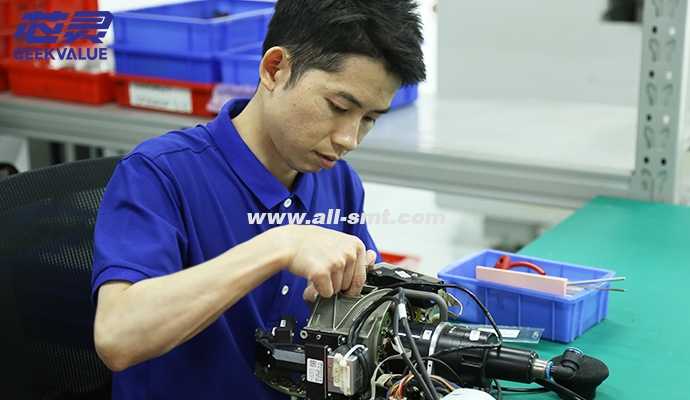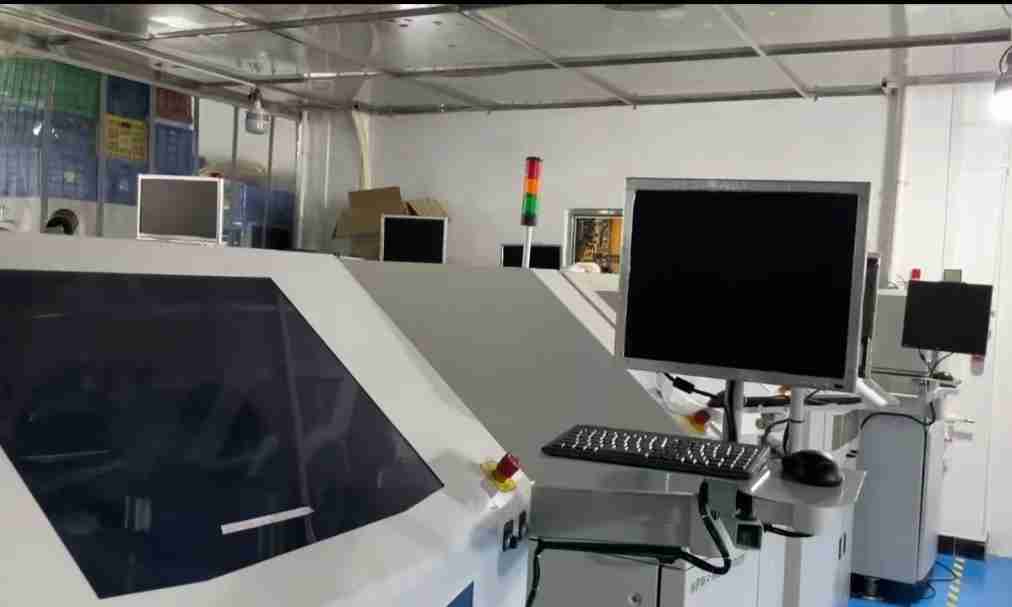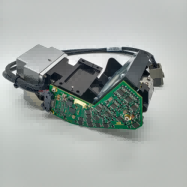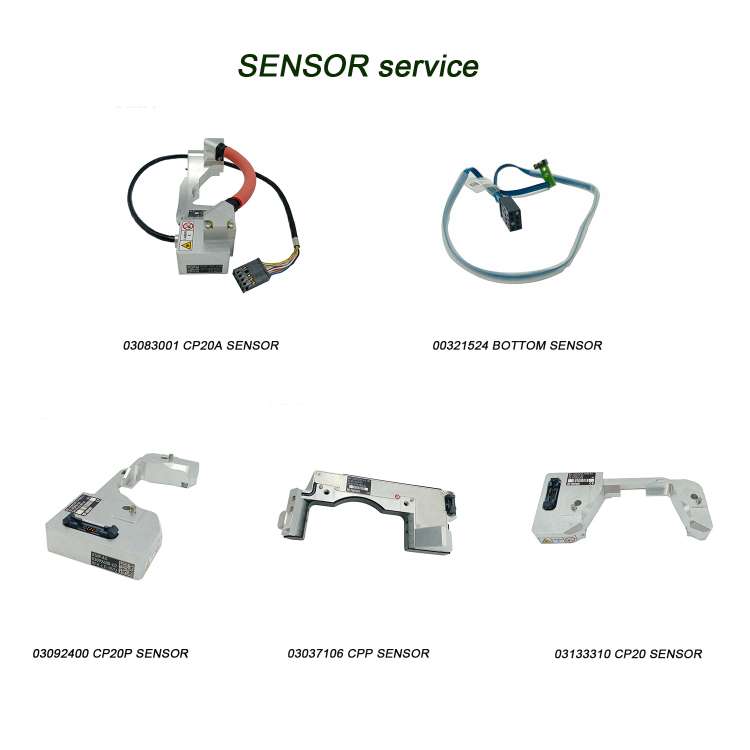Siemens pick and place machines are commonly used equipment in modern manufacturing to precisely place electronic components onto circuit boards. However,
the low voltage of the component inductor of the placement machine may lead to an increase in the failure rate, which will bring serious consequences and economic
losses to the enterprise. This article will mainly explain the consequences and economic losses brought about by this problem.
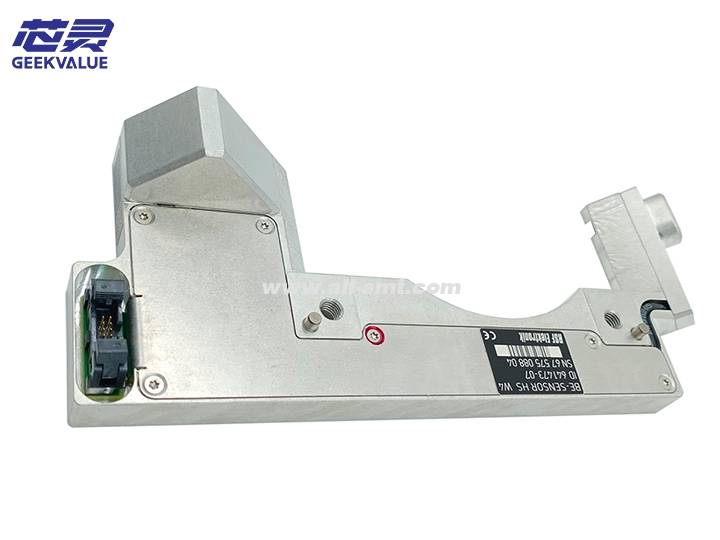
First, let us understand the component sensor of the placement machine. The component sensor is an important part in the placement machine, which is responsible
for detecting and sensing electronic components for placement. Normally, the component sensor should work in the proper voltage range to ensure accurate and stable component sensing.
However, when the element inductor voltage is too low, the following consequences may result. First of all, the component sensing ability of the placement machine
will decrease. In normal operation, component sensors are able to accurately sense and identify electronic components for precise placement on circuit boards. However,
when the voltage is too low, the sensitivity and accuracy of the element sensor will decrease, resulting in failure or error of element induction. This will directly lead to an
increase in the failure rate of the placement machine.
Second, an increase in the failure rate will have serious consequences for the business. The placement machine is the key link of the production line, responsible for placing
electronic components on the circuit board, which is the basis of product production. However, when the failure rate of placement machines increases, the stability and
efficiency of the production line will be affected. Downtime and repair times due to failures will be extended, delaying production schedules. This will lead to delays in the
delivery time of products, affecting customer satisfaction and trust. If the failure rate continues to rise, it may even lead to the cancellation of orders or the loss of customers,
which will cause a serious blow to the company's reputation and market competitiveness.
In addition, the increased failure rate will also lead to economic losses for enterprises. First, businesses will face additional production costs due to increased downtime and repair time.
The wages of employees continue to be paid, but the corresponding output cannot be generated, which directly increases the cost of the enterprise. Secondly, due to the
delay in delivery time, it may be necessary to pay compensation or liquidated damages to the customer, further increasing the financial burden of the enterprise. Most importantly,
the decline in product quality due to rising failure rates may trigger product recalls or customer complaints, resulting in huge quality problem handling costs and repair costs.
Therefore, the increase in the failure rate caused by the low voltage of the component inductor of the Siemens placement machine will bring serious consequences and economic losses
to the enterprise. In order to avoid this situation, enterprises should regularly check and maintain the component sensor of the placement machine to ensure that it works normally within
the appropriate voltage range. In addition, enterprises should also establish a sound quality control system to conduct strict inspection and testing of products to ensure that the placement
quality and performance of the placement machine are stable. Only in this way can the enterprise maintain the stability of the production line and improve product quality, avoiding the
occurrence of rising failure rates.
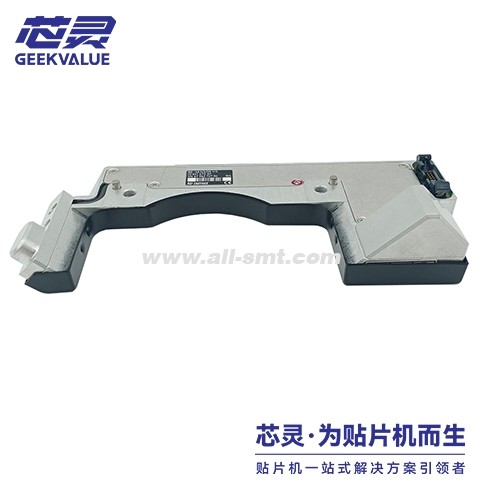
In addition, in order to reduce the impact of rising failure rates, companies can also consider the following measures:
1. Increase spare parts inventory: Ensure sufficient spare parts inventory for timely replacement of faulty element sensors and reduce downtime.
2. Train employees: Provide employee training so that they can detect and deal with failures in a timely manner, reducing the possibility of rising failure rates.
3. Strengthen supply chain management: Establish a good cooperative relationship with suppliers to ensure the stability of the supply chain and avoid insufficient supply or quality problems of component sensors.
4. Regular maintenance and inspection: Regular maintenance and inspection of the placement machine, timely discovery of potential problems and repairs to maintain its normal operation and efficient production.
5. Conduct root cause analysis: conduct root cause analysis on the reasons for the increase in failure rate, find out the root cause of the problem, and take corresponding
measures to solve the problem and prevent similar problems from happening again.
